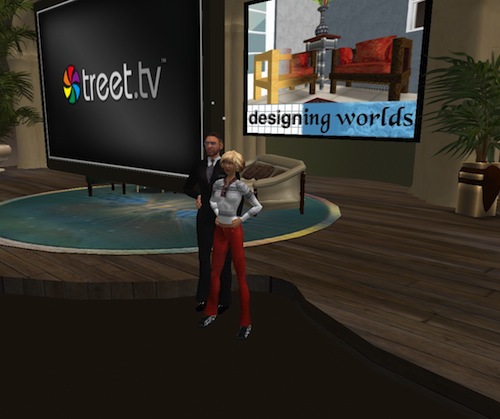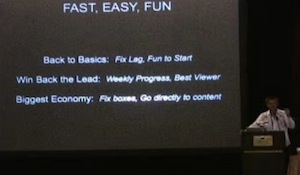 In a fairly unexpected move, Avatar Reality’s CEO Jim Sink has announced the cessation of development of the PC application version of virtual world Blue Mars, with the soon to be smaller company moving to focus on developing for the iOS (read: iPhone / iPad) platform. The change involves the loss of a number of staff, including Jim himself. You can also listen to audio of his discussion with the Blue Mars community here.
In a fairly unexpected move, Avatar Reality’s CEO Jim Sink has announced the cessation of development of the PC application version of virtual world Blue Mars, with the soon to be smaller company moving to focus on developing for the iOS (read: iPhone / iPad) platform. The change involves the loss of a number of staff, including Jim himself. You can also listen to audio of his discussion with the Blue Mars community here.
Whichever way you look at it, this is a major setback for the company. The switch to iOS, however viable, does provide a stark contrast to the PC-only development to date. That sort of strategic shift doesn’t happen overnight, and given the fact an alpha of the iOS version is already in existence adds weight to that. On the face of it, it looks like another shift to the more superficial virtual worlds offering. The withdrawal of technical support and the shelving of further development for the current PC client will have a serious impact on the core group of content creators who’ve been working on the platform to date. Those creators may still have a role to play on the iOS version but it’s hard to envisage it moving out of beta before the end of the year.
Overall, this announcement has a few key impacts. First, it effectively ends in the short-term any claim Blue Mars had over being a serious challenger to Second Life. Second, Blue Mars now enters the iOS marketplace which is burgeoning with developers working on virtual worlds. Third, this places an ever more focused spotlight on the viability of more complex, content-driven virtual worlds. I’m hopefully very wrong but there seems to be a race to the bottom for market share more broadly. Hopefullt Blue Mars proves that wrong but I’m unconvinced.
Sincere commiserations to those affected by this change.










Recent Comments